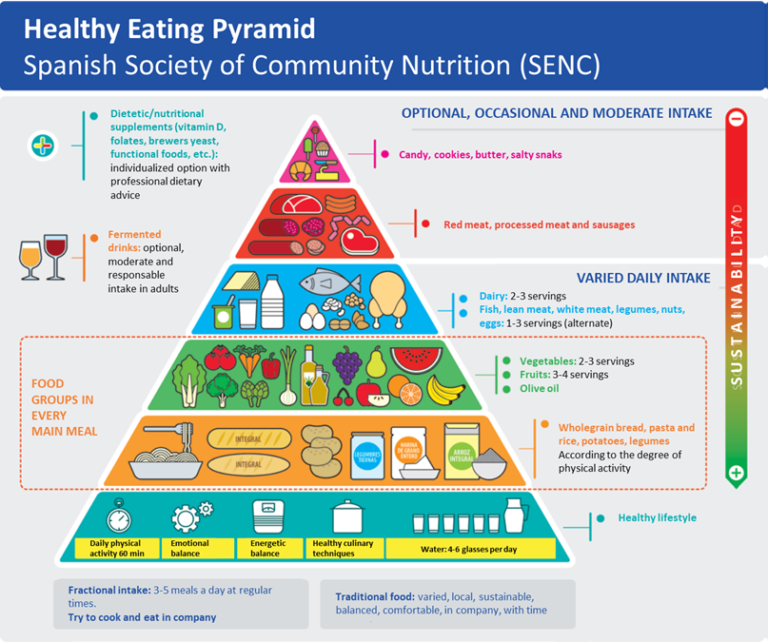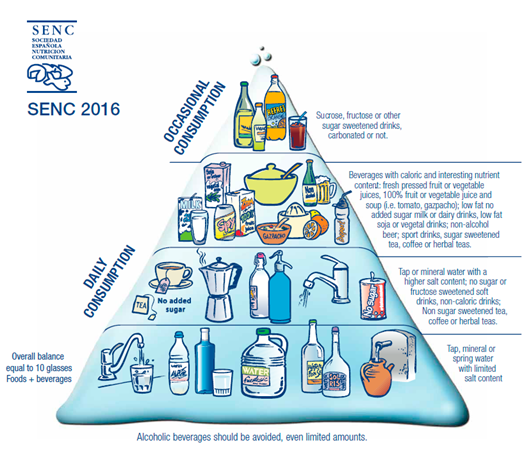Home / Healthcare & Medicine / Agriculture / Nutrition for Health and Sustainability / The principles of a healthy diet

Reach your personal and professional goals
Unlock access to hundreds of expert online courses and degrees from top universities and educators to gain accredited qualifications and professional CV-building certificates.
Join over 18 million learners to launch, switch or build upon your career, all at your own pace, across a wide range of topic areas.

 Figure 1. The translated Healthy Eating Pyramid proposed by the Spanish Society of Community Nutrition (SENC).
Figure 1. The translated Healthy Eating Pyramid proposed by the Spanish Society of Community Nutrition (SENC).
 Figure 2. Healthy Hydration Pyramid, Spanish Society of Community Nutrition (SENC).
Figure 2. Healthy Hydration Pyramid, Spanish Society of Community Nutrition (SENC).







